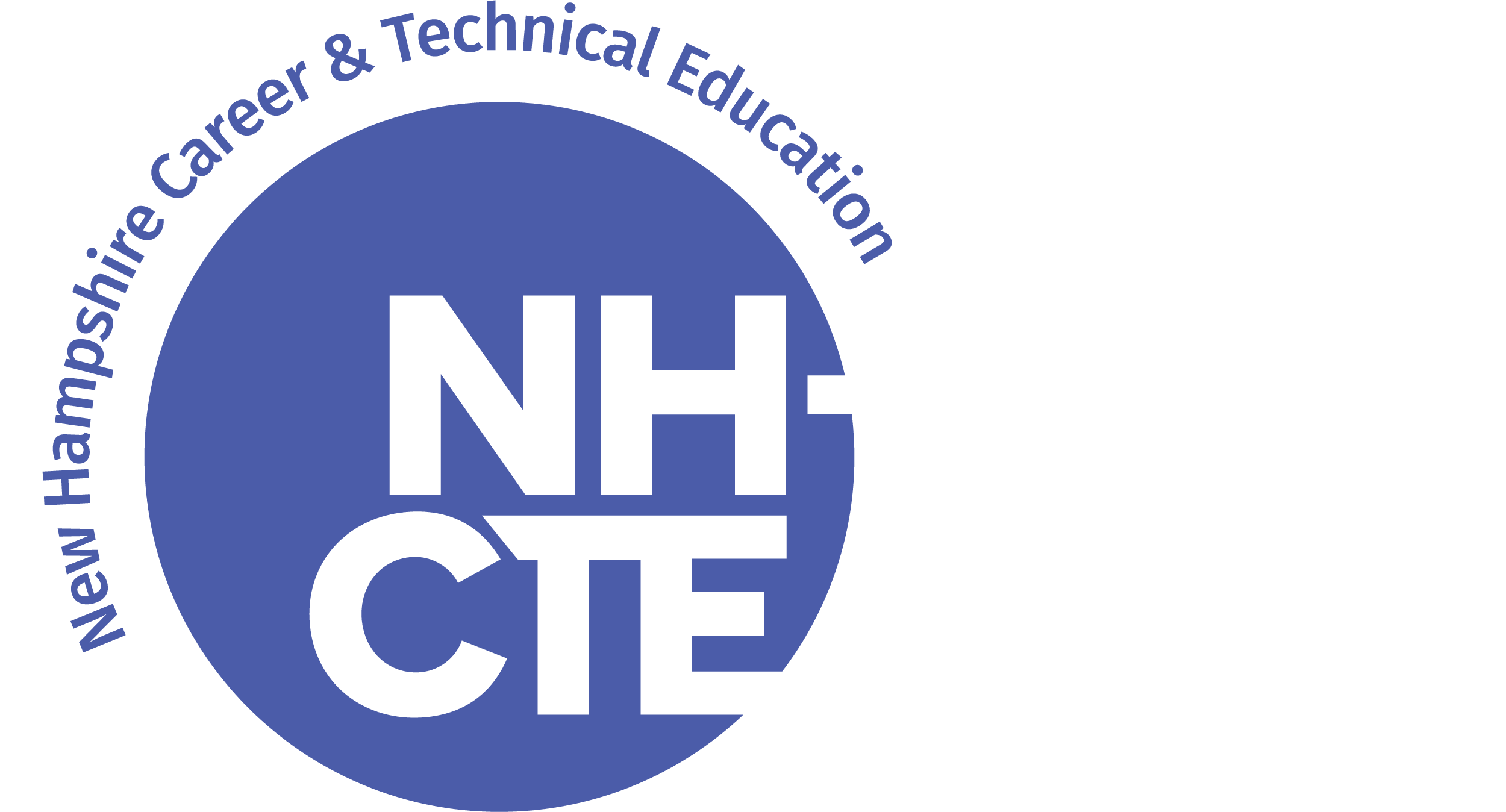“Flexing” time in school
The introduction of technology is not the only change in today’s classroom, as many students struggle with availability of time, which is an issue that resulted in the Flexible Time Model (FTM).
FTM is a school structure that provides a set amount of time each school day during which students have control over where they go and what they do. The amount of time can vary, but typically ranges from 30 to 60 minutes.
The idea for the model began in 2010 when Brian Pickering, former Principal at ConVal Regional High School, found himself unable to provide additional academic help for a student involved in numerous after school activities. The student was at a loss for how to get the help she needed because her teacher could not come before school, the student could not meet after school, and they did not have a shared lunch.
“She wasn’t alone,” said Pickering. “Students at ConVal were having trouble finding time for enrichment activities, extensions, mentoring, RTI, and social emotional supports.
Looking for a solution, Pickering employed a team of teachers, staff, and students to brainstorm. What they came up with would face some stumbling blocks, and go through a few iterations, but ultimately became what is recognized today as the flexible block, which is now used across the state.
How does FTM work?
During “flexible time,” attendance is taken, and students are required to actively work, although Amanda Bastoni, Director, Nashua Technology Center North, said students “have choices over what they work on and where they work.”
“This autonomy gives students control and choice,” she said. “For example, students who are doing well in school can choose to participate in enrichment activities, others can choose to get extra help, and students who need social or emotional assistance can choose to participate in counseling.”
At ConVal, which is a typical example of FTM across the state, 43 minutes is set aside for “flexible time.” Each Monday, a homeroom mentor works with a set cohort of students to schedule where they would like to work for the upcoming week.This mentor will work with these students for four years.
“Students can also adjust their schedules as needed during the week, but having a weekly meeting allows the teacher to monitor grades and advise students,” said Pickering. “Teachers still have a scheduled prep-time and they are not expected to create lesson plans for the flexible block.”
As a teacher at ConVal before going to Nashua Technology Center North, Bastoni said she used flex time to develop relationships with students and scaffold learning by offering them opportunities to explore creative “deep dive projects.”
“I also used the time to re-teach concepts, give missed assessments, and run both Yearbook and Newspaper clubs,” she said. “At ConVal, the newspaper club was run in conjunction with the editor of the local paper who would not have been able to participate if the club had been run after school. Because it was run during the Flex Time in the school day, he could participate.”
At Nashua High School, Bastoni said she has continued to work creatively with flex time, as she wrote a successful grant that allows the center to pilot a “Girls in STEAM” course.
“It is designed to introduce girls to STEAM and drones and will transition next year into the first Drone Course taught during the school day at any high school in New Hampshire,” she said. “Students in this course and the clubs I ran at ConVal all had the opportunity to participate in the activities as ELO’s, too, which meant they could earn credit during this time.”
Aside from the flexibility it provides both teachers and students, FTM reflects best practices when it comes to learning.
“It gives students choice,” said Bastoni, and research tells us that students do better when they have control over their lives, how they spend their time, and what they work on. The current school model has no room for choice…Choice is positively associated with better performance on tests, more engaged students, more creative solutions, and less disciplinary activities.”
To learn more about the FTM, Bastoni will present at the 2019 Personalized Learning Summit. Click HERE to learn more.
This is the first of a two-part series on the Flex Time Model (FTM) where we look at its beginning in NH and rationale behind it before discussing broader implications in part two.
